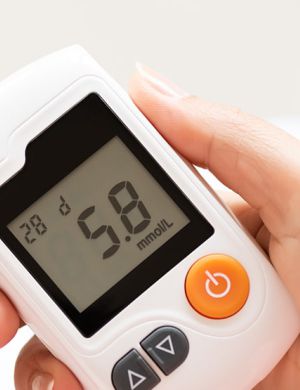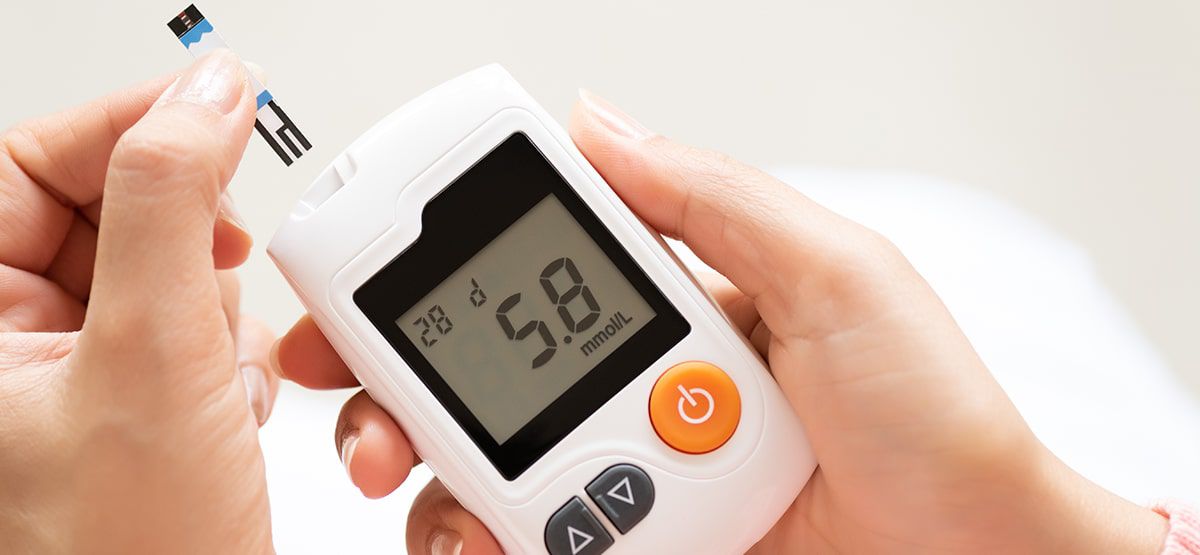
TGA’s Reclassification of Medical devices around the corner. Ready?
The New Reclassification system for medical devices is round the corner to its effective date (25 Nov 2021) of implementation. The clock is ticking on Australian reclassification submissions. The Reclassification process is based on the Therapeutic Goods Legislation Amendment (2019 Measures No.1) Regulations 2019 and was originally scheduled to take effect on August 25, 2020. The TGA announced a delay to implementation of this step as a result of difficulties relating to the COVID-19 pandemic.
In order for sponsors to continue to supply, government has informed all the stakeholders prior via an email, specifying new policies for the inclusion of non-sterile, non-measuring Class 1 Medical Devices.
The newly published guidance documents cover three of the six categories subject to reclassification. All are being up-classified to reflect reevaluation of their risk levels, with the exception of active implantable medical devices (AIMDs), which are being eliminated as a separate device class and merged with Class III medical devices.
The Guidance Documents address the following categories, with their new classifications provided alongside:
- Active medical devices for therapy with a diagnostic function – Class III
- Medical devices that administer medicines or biologicals by inhalation – Class IIa or Class IIb, as applicable
- Active implantable medical devices (AIMDs) – Class III
| Timelines | |
| New classification rules will apply to all new applications for ARTG inclusion from- | November 25,2021 |
| All Manufacturers or Sponsors must submit an online form to notify the TGA that the device will need to be reclassified before- | May 25, 2022 |
| Must subsequently file an application for your device to be included in the ARTG for the new classification before | November 1, 2024 |
1.Active medical devices for therapy with a diagnostic function
From 25th November 2021 active medical Devices for therapy with diagnostic functions will be required to meet regulatory requirements demonstrating the safety and performance for Class III Medical devices.
Requirements for reclassification include:
- More detailed assessment of the manufacturer’s quality management systems and assessment of technical documentation related to each device
- Conformity assessment documents demonstrating procedures appropriate for a Class III device
- Mandatory audit assessment by the TGA for device inclusion applications, including assessment of clinical evidence.
Examples of devices to be reclassified to Class III: Automated external defibrillators, loop systems, external pacemakers, intravascular heating/cooling system control units, hyperthermia systems, temperature mapping units, intraperitoneal-circulation hypothermia system control units, mechanical bloodstream indicator injectors.
2. Medical devices that administer medicines or biological by inhalation – Class IIa or Class IIb, as applicable
The amendments include the reclassification of medical devices that administer medicines or biologicals by inhalation, effective from 25 November 2021.
Requirements for reclassification include:
- More detailed assessment of the manufacturer’s quality management systems and assessment of technical documentation related to the device
- Conformity assessment documents demonstrating procedures appropriate for their classification.
Example: For Nasal Oxygen Cannula, old classification said Class-1 for short term use in a nasal cavity or Class IIa, if it is intended to be connected to an active medical device via the tube. The New classification says, if the device is intended to treat a life threatening conditions its Class IIb and if the device is not intended to treat a life threatening condition is Class IIa.
3. Active implantable medical devices (AIMDs) – Class III
The deadlines and manufacturer responsibilities are same as that of the other two categories of Medical device classifications, as mentioned before.
Examples: Implantable cardiac pacemakers (for example, single-chamber and dual-chamber pacemakers), implantable cardioverter-defibrillators (ICD), biventricular pacemaker/defibrillators, implantable cardiac monitor, cochlear implants, brain electrical stimulation systems, spinal cord stimulation systems.
Transitional arrangements apply to devices that are:
- Already included in the ARTG as at 25 November 2021; or
- Are the subject of an application for inclusion in the ARTG submitted to the TGA prior to 25 November 2021 and the application fee has been paid
When the Regulatory changes come into effect
The sponsors entering the Australian market will be required to submit the conformity assessment documents of the manufacturers. The sponsors of new classified medical device will also be required to apply for inclusion of their devices in the Australian Register of Therapeutic Goods (ARTG). If the inclusion is successful for devices falling under the Prostheses list, a new ARTG entry for the device will be issued by the agency.
Additionally, for AIMDs listed on the Prostheses List, an application to amend the Prostheses List billing code will be needed once the new ARTG listing number is issued, to avoid delays and inaccuracies in benefits paid by private health insurers. Please be noted that the latest version of Prostheses List is effective from July 1st, 2021. Prostheses include surgically implanted prostheses, human tissue items and other medical devices.
Don’t miss out! Click here to stay in touch.
Categories
- Biopharma (58)
- Consumer Health (21)
- Cosmetics (11)
- Diagnostics (5)
- Digital Health (8)
- Food (2)
- Medical Device (112)
- OTC (5)
- Regulatory Intelligence (13)
- Standards (41)
Recent Blogs
Get the latest updates from Vistaar

Related Posts
CONNECT WITH US

Let's talk about how Vistaar can help you




